Apple Cinnamon Sourdough Bread
5.0
(17)
Your folders
Your folders
Prep Time: 60 minutes
Cook Time: 45 minutes
Total: 1605 minutes
Servings: 16
Author : Amy Coyne

Ingredients
Export 8 ingredients for grocery delivery
Instructions
Step 1
Day 1: Levain/Mix/Bulk Fermentation/Shape/Cold Bulk Fermentation
Step 2
Mix Levain: Mix together ripe/active sourdough starter with bread flour and water. Cover loosely and let sit 3-4 hours at 78-80°F until doubled, bubbly & peaked.Note: If you have a ripe, bubbly, active sourdough starter that is fed equal parts flour and water – it can be substituted for the levain in this recipe.
Step 3
Grate Apple: Grate apples on the back of a box grater until you have 200 grams of apple, including any juices that come from the grating. This is about 2 medium-sized apples. Set aside.
Step 4
Fermentolyse: Once the levain is ready (bubbly, doubled in size, milky sweet smell), mix together 100 grams levain, 250 grams water (warm the water if the ingredients are too cold and cool water if the ingredients are too warm), 200 grams grated apple and reserved juices, 450 grams bread flour and 50 grams whole wheat flour. Let rest for 30 minutes.
Step 5
Mix the Dough: After 30 minutes, add the reserved 10 grams salt and 25 grams of water. Combine using your hands by squeezing the dough between your fingers, pinching chunks of dough and reincorporating together. The dough will break apart and then reform in the bowl through this process. Pick up one side of the dough and fold it over on itself. The dough will be sticky. Wet your hands as needed and continue to work with the dough until all the salt and water has been incorporated. Transfer the dough to a plastic container or a glass bowl and cover.
Step 6
Stretch and Folds: Perform a series of “stretch and folds” throughout the next 2 hours. The goal is to strengthen the dough. To “stretch and fold,” wet your hand (so it doesn’t stick to the dough). Reach around the dough down to the bottom of the bowl, pull the dough up and over and place it on top of the dough. Turn the bowl a quarter turn and repeat the stretch and fold. Turn another quarter turn and repeat. Perform one more quarter turn, stretching and folding the dough. Cover and set aside. Take note of how the dough feels through this process. It will go from feeling a little shaggy to smooth and elastic. Cover the bowl and wait about 30 minutes in between stretch and folds.
Step 7
Stretch and fold #1: 30 minutes into bulk fermentation, perform your first series of stretch and folds.Stretch and fold #2: 30 minutes later – the dough will spread out. Perform stretch and fold #At this point if you want to add chopped nuts, now is the time to add them.Stretch and fold #3: 30 minutes later, the dough will spread out. Stretch and fold again. Stretch and fold #4: Optional, if you feel your dough is slack and could use more strength, stretch and fold again.
Step 8
Bulk Fermentation Continued: Let the dough rest in a warm place, for the rest of bulk fermentation, about 2-2.5 hours at 78-80ºF. During this time the dough will puff up about 30-40%, become more aerated, start to pull away from the edges of the bowl and have a few scattered bubbles around the edges/top of the dough. If your dough is not showing these signs, make sure it's warm enough and give it another half an hour or so until it is showing signs that it's ready to shape.
Step 9
Mix Cinnamon Filling: Mix together softened butter, brown sugar, cinnamon, cornstarch and salt. Set aside.
Step 10
Prepare Bowl: Prepare a bowl or banneton with a liner or sprinkle liberally with rice flour.
Step 11
Shaping: When the dough is showing signs that it's ready to shape, dump the dough out onto the countertop. Gently pull the dough into a 12 by 12 square shape. It does NOT need to be very thinly stretched. Dollop most of the cinnamon mixture on the top of the dough. Fold one side of the dough to the middle and then the other side of the dough to the middle. Add the rest of the cinnamon sugar mixture on top of that dough. Then roll the dough up into a cylinder or circular shape. Immediately place the dough in the prepared banneton basket without too much handling of the dough. Cinnamon sugar tends to release moisture in the dough making it necessary to work quickly and get it in the banneton.
Step 12
Cold Bulk Fermentation: Cover the dough with plastic wrap or a shower cap and store in the refrigerator overnight for about 18-24 hours. Alternatively you can let your dough rise outside the fridge for another 3-4 hours and then bake your loaf the same day. If you choose this method, stick your banneton or bowl of dough in the fridge or freezer to chill it for a few minutes before scoring.
Step 13
Pre-heat the Oven: Put a Dutch oven (top and all) into the oven and preheat to 500ºF. Allow the Dutch oven to heat for about 30 minutes at 500ºF.
Step 14
Once preheated, pull the loaf out of the refrigerator. Remove the plastic wrap or shower cap (this is easy to do straight out of the refrigerator if the dough is chilled – not easy if the dough warms up) and place a piece of parchment paper on top of the bread dough. Flip the dough over so that the dough is now sitting on the parchment paper. Take off the bowl banneton and liner.
Step 15
Scoring: Smooth flour over the top of the dough (add a little extra for more contrast if desired) or leave the flour off completely for no contrast. Use a bread lame or very sharp knife to score the dough. Bread with inclusions typically does not score quite as well as bread without. This is not a loaf for intricate scoring. One large slash, about 1 inch deep is sufficient.
Step 16
Bake: Carefully remove the Dutch oven from the 500ºF oven with hot pads. Take the top off and place your bread into the Dutch oven (including parchment paper – this helps with the transfer). Put your hot pads back on before you pick up the lid of the Dutch oven and place it on top of the bread. Put the whole Dutch oven back into the oven. Lower the temperature to 450ºF and bake for 25 minutes. Once 25 minutes are up, take the top off the Dutch oven and lower the temperature again to 400ºF. Continue baking for 20 minutes until the bread is fully baked with an internal temperature of 205ºF. Note: If your oven runs hot or you are using a dark cast iron pot, there's a tendency for the bottom of the loaf to burn. Make sure to put a sheet pan on the rack underneath the pot to deflect the heat and decrease the temperature to 425ºF instead of 450ºF.
Step 17
Let cool completely and enjoy!
Top similar recipes
Curated for youYour folders
 32 views
32 viewsApple Cinnamon Sourdough Bread
amybakesbread.com
Your folders

 11 views
11 viewsSourdough Apple Bread
amybakesbread.com
4.8
(6)
55 minutes
Your folders

 22 views
22 viewsApple Cinnamon Sourdough Scones
amybakesbread.com
4.9
(8)
15 minutes
Your folders

 429 views
429 viewsCinnamon Raisin Sourdough Bread
baked-theblog.com
4.6
(100)
40 minutes
Your folders
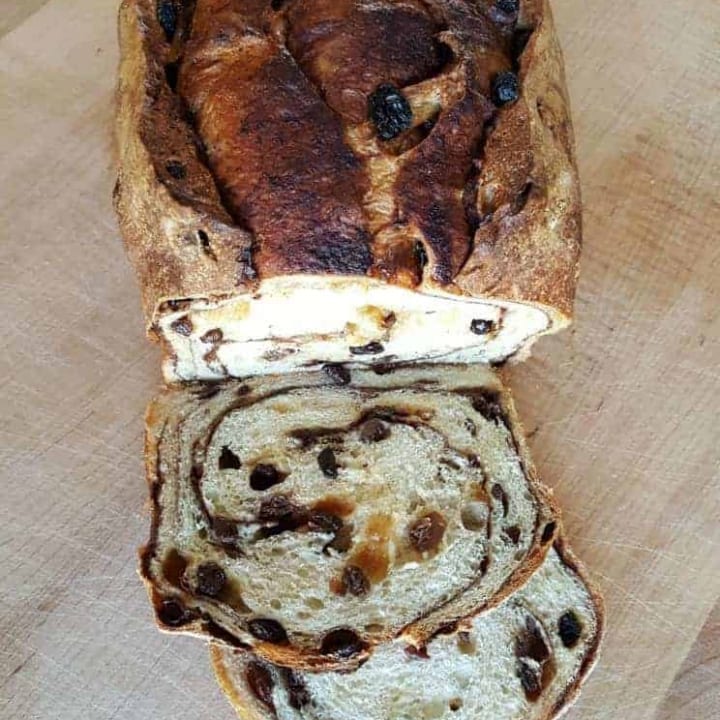
 879 views
879 viewsSourdough Cinnamon Raisin Bread
homemadefoodjunkie.com
4.4
(105)
50 minutes
Your folders
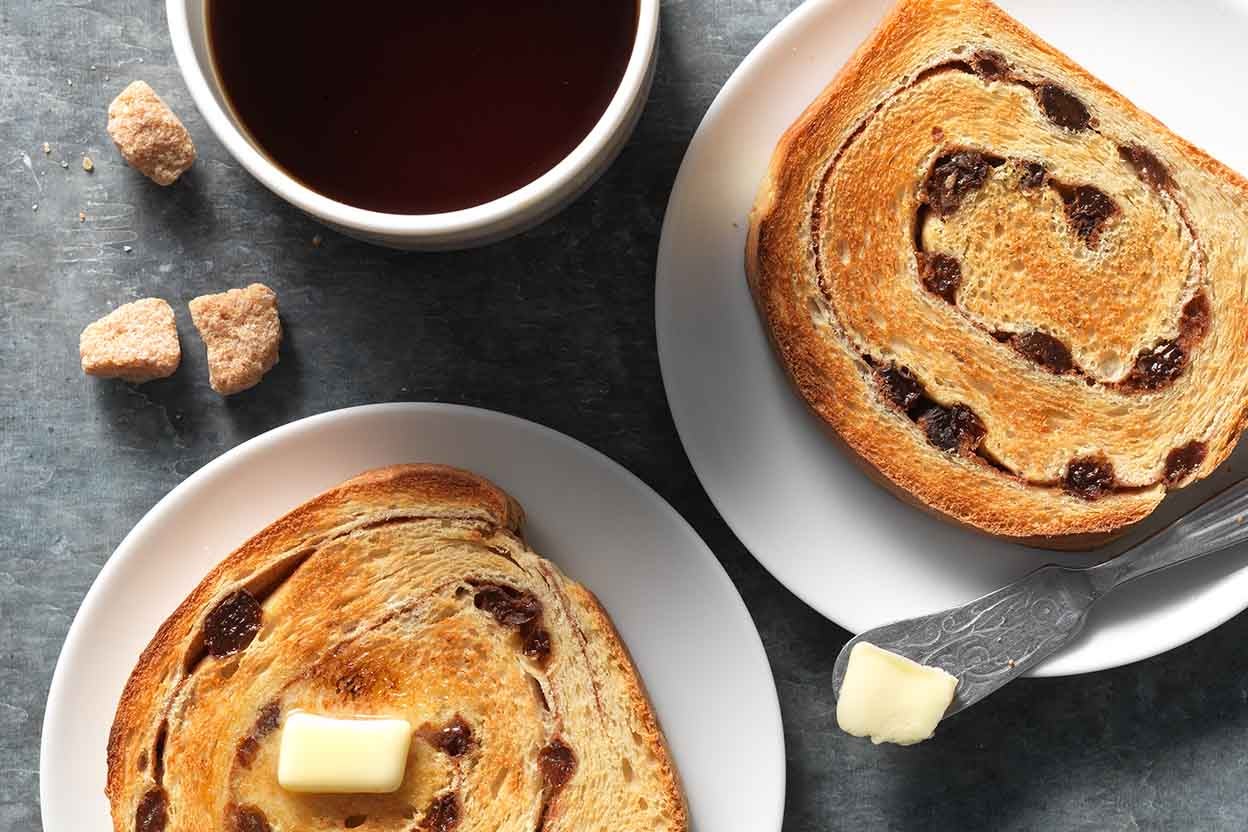
 467 views
467 viewsCinnamon Raisin Sourdough Bread
kingarthurbaking.com
4.8
(402)
45 minutes
Your folders
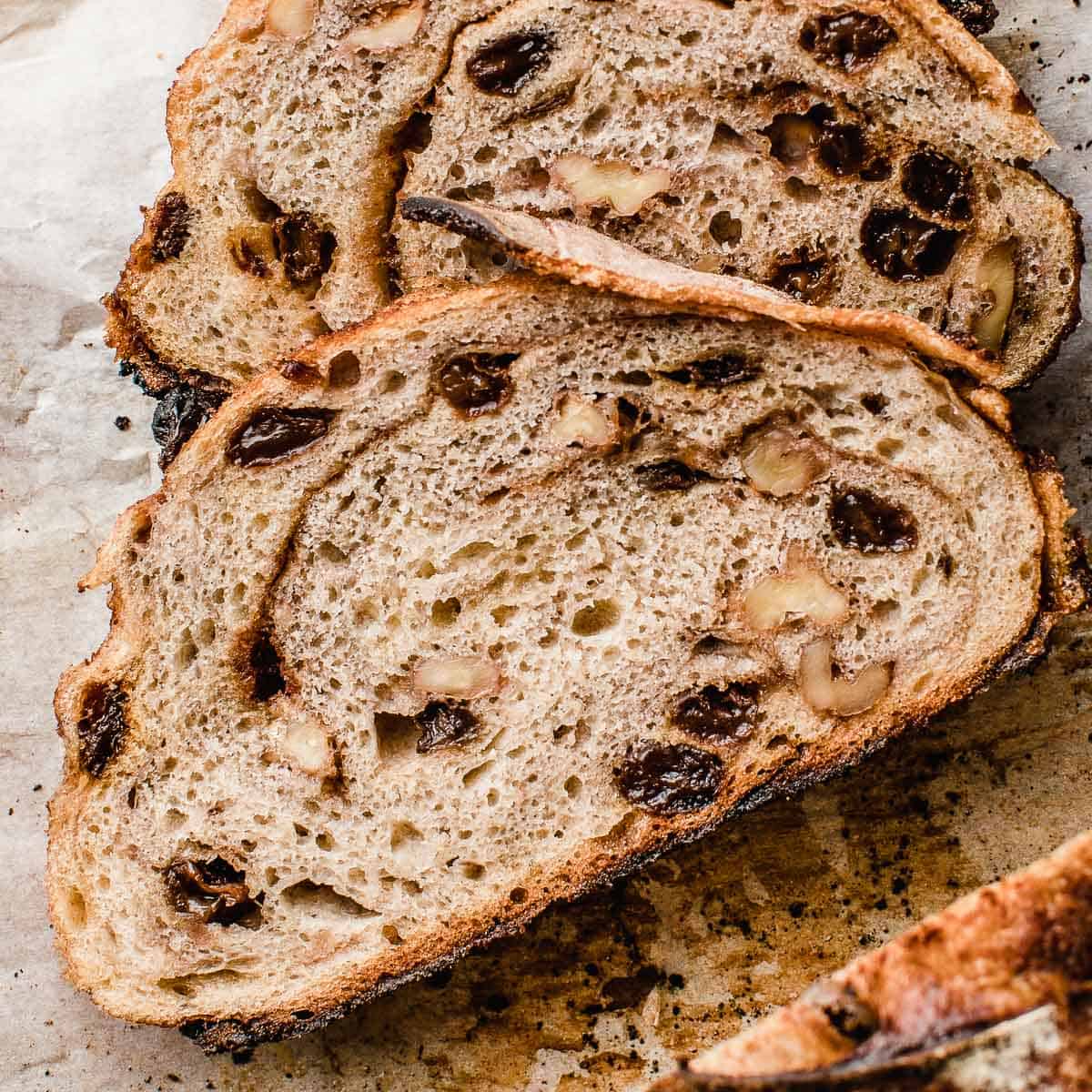
 362 views
362 viewsCinnamon Raisin Sourdough Bread
littlespoonfarm.com
5.0
(101)
50 minutes
Your folders
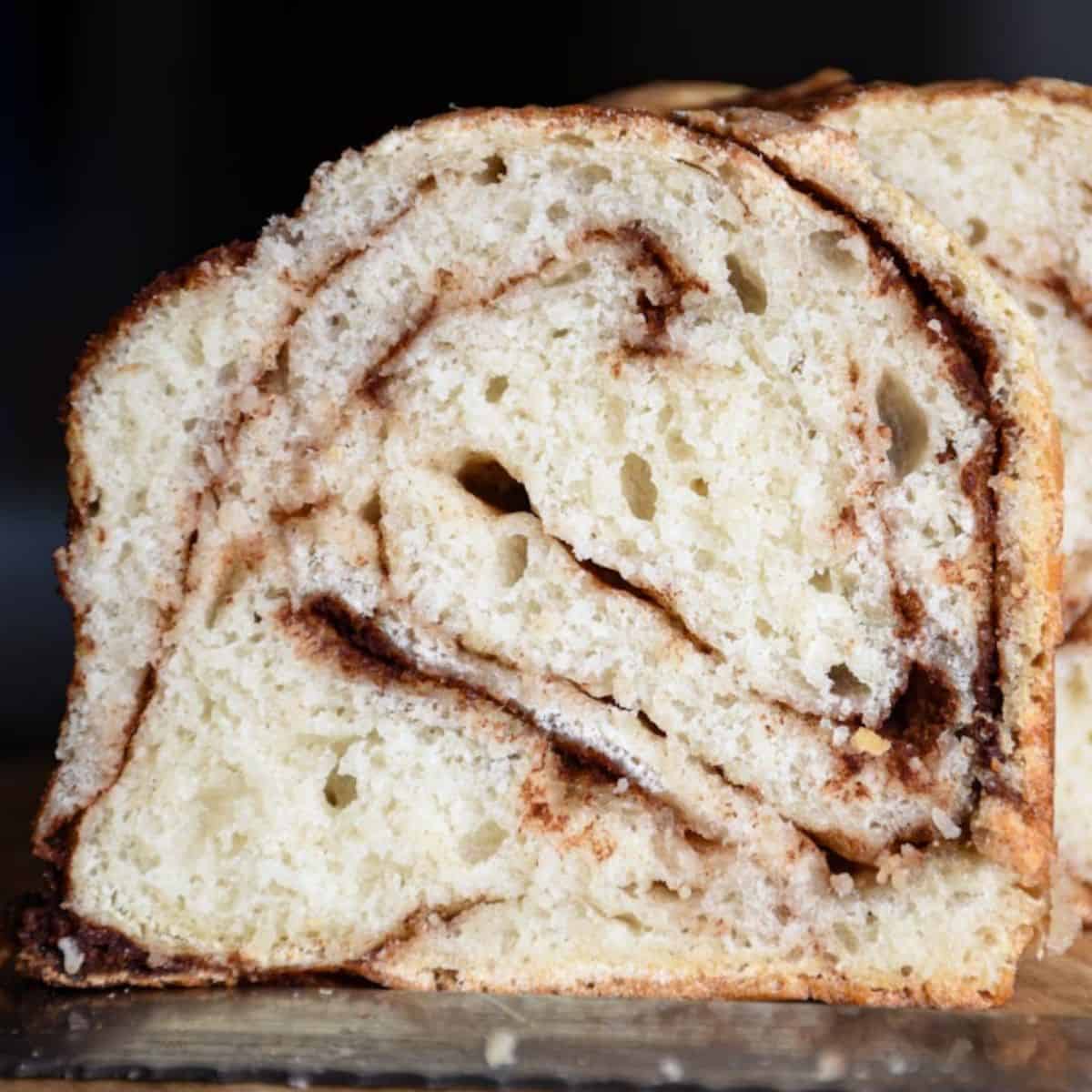
 255 views
255 viewsSourdough Cinnamon Sugar Bread
stretchandfolds.com
5.0
(2)
50 minutes
Your folders

 266 views
266 viewsCinnamon Raisin Sourdough Bread
amybakesbread.com
5.0
(20)
45 minutes
Your folders
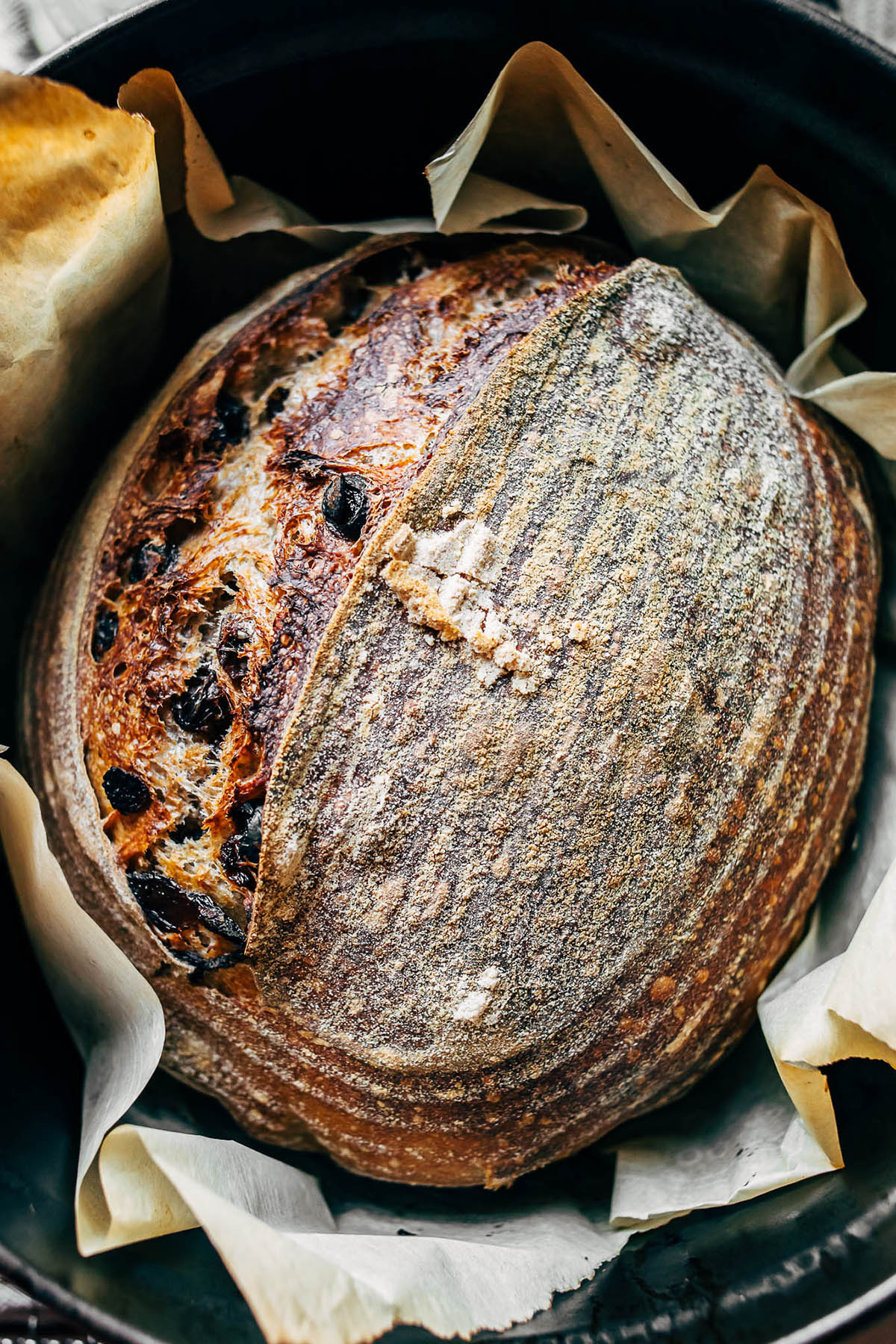
 122 views
122 viewsCinnamon Raisin Sourdough Bread
bakedcollective.com
4.9
(15)
40 minutes
Your folders
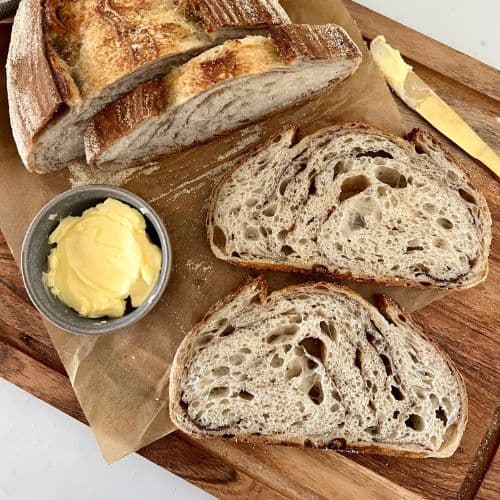
 86 views
86 viewsCinnamon Swirl Sourdough Bread
pantrymama.com
4.4
(61)
45 minutes
Your folders
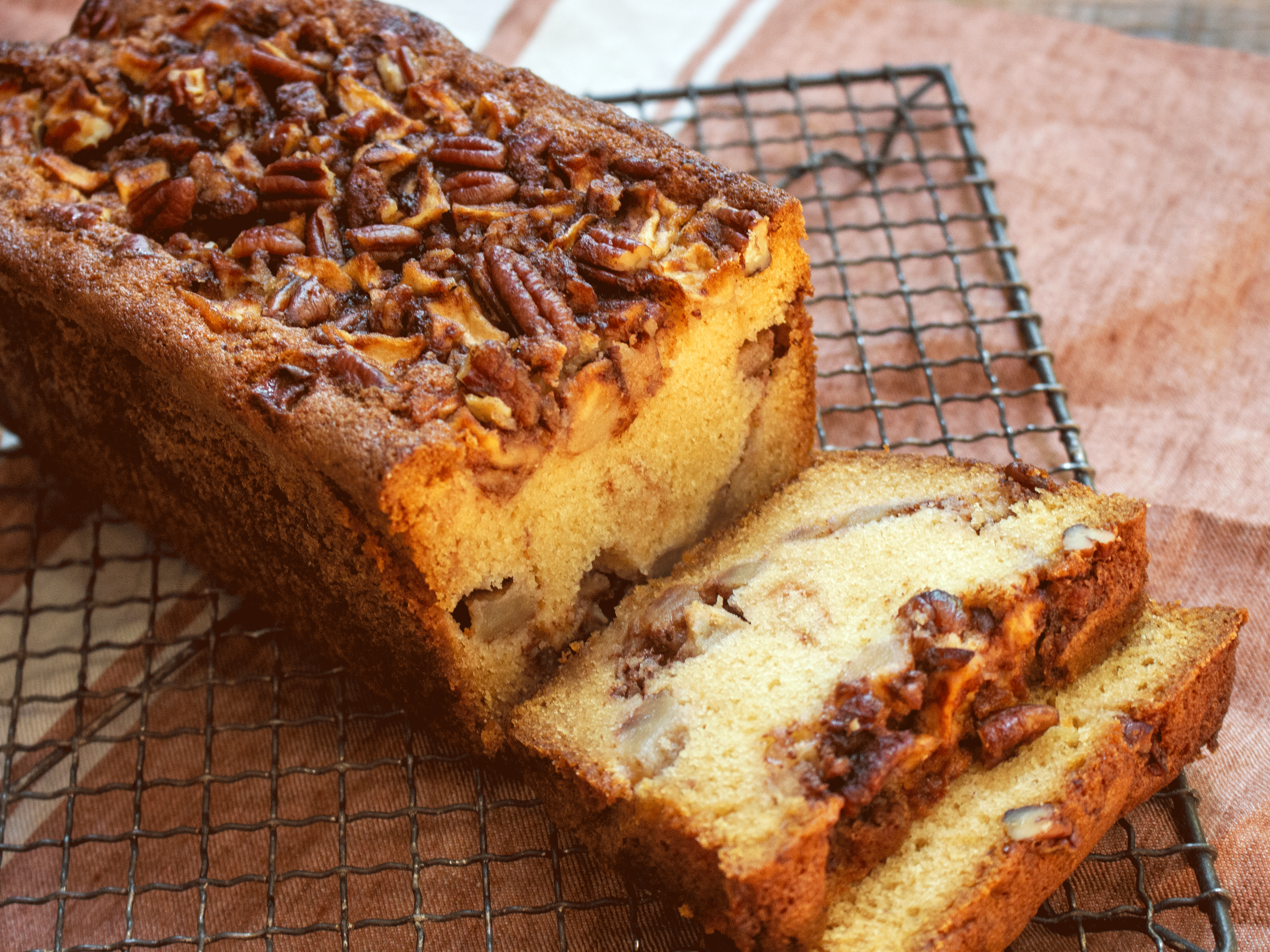
 248 views
248 viewsApple Cinnamon Bread
myrecipes.com
5.0
(1)
Your folders
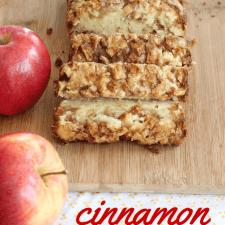
 527 views
527 viewsApple Cinnamon Bread
thehappierhomemaker.com
4.7
(132)
50 minutes
Your folders

 543 views
543 viewsApple Cinnamon Bread
thehappierhomemaker.com
4.7
(131)
50 minutes
Your folders
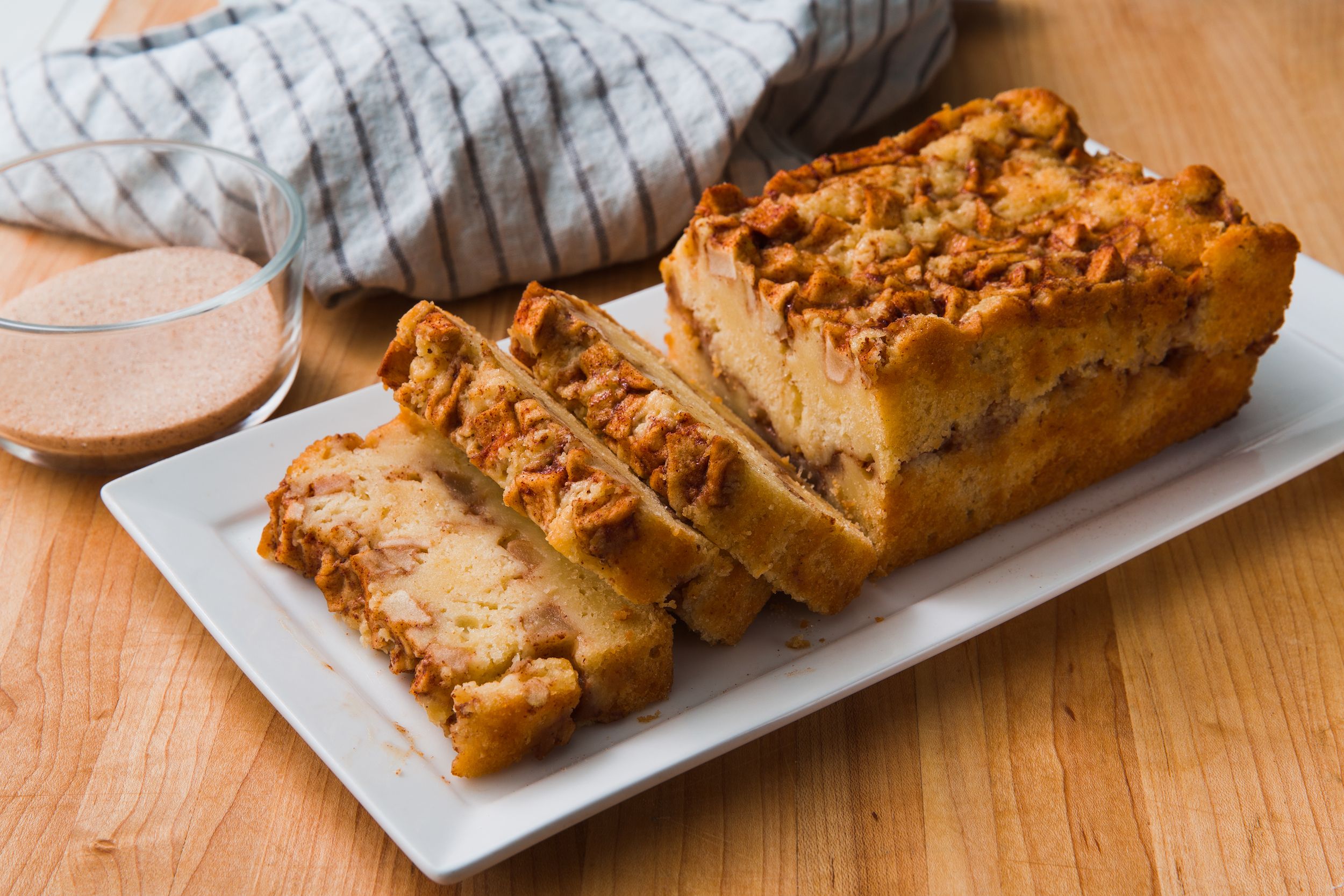
 779 views
779 viewsApple Cinnamon Bread
delish.com
4.4
(22)
Your folders
 223 views
223 viewsApple Cinnamon Bread
thepioneerwoman.com
Your folders
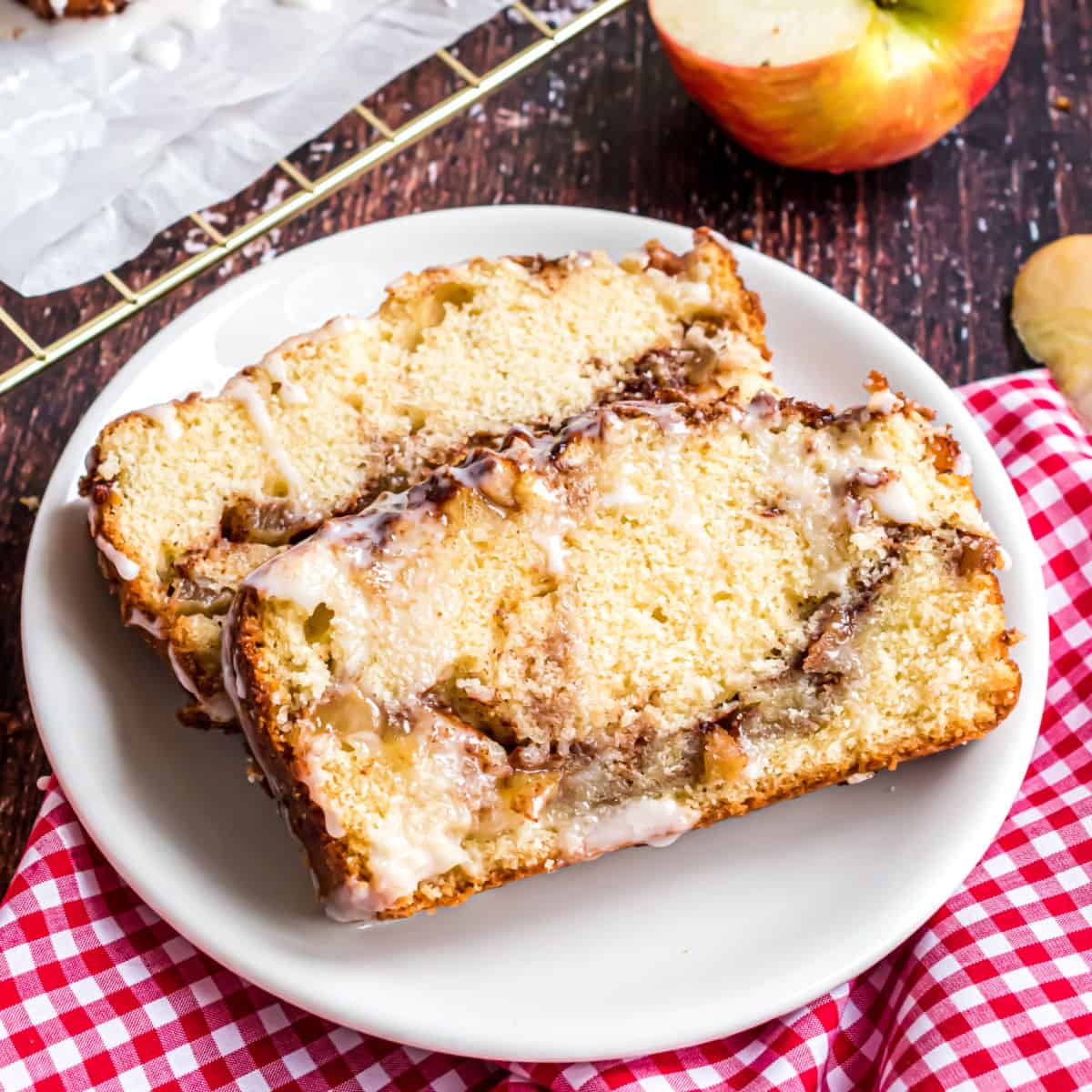
 183 views
183 viewsApple Cinnamon Bread
shugarysweets.com
4.9
(61)
50 minutes
Your folders
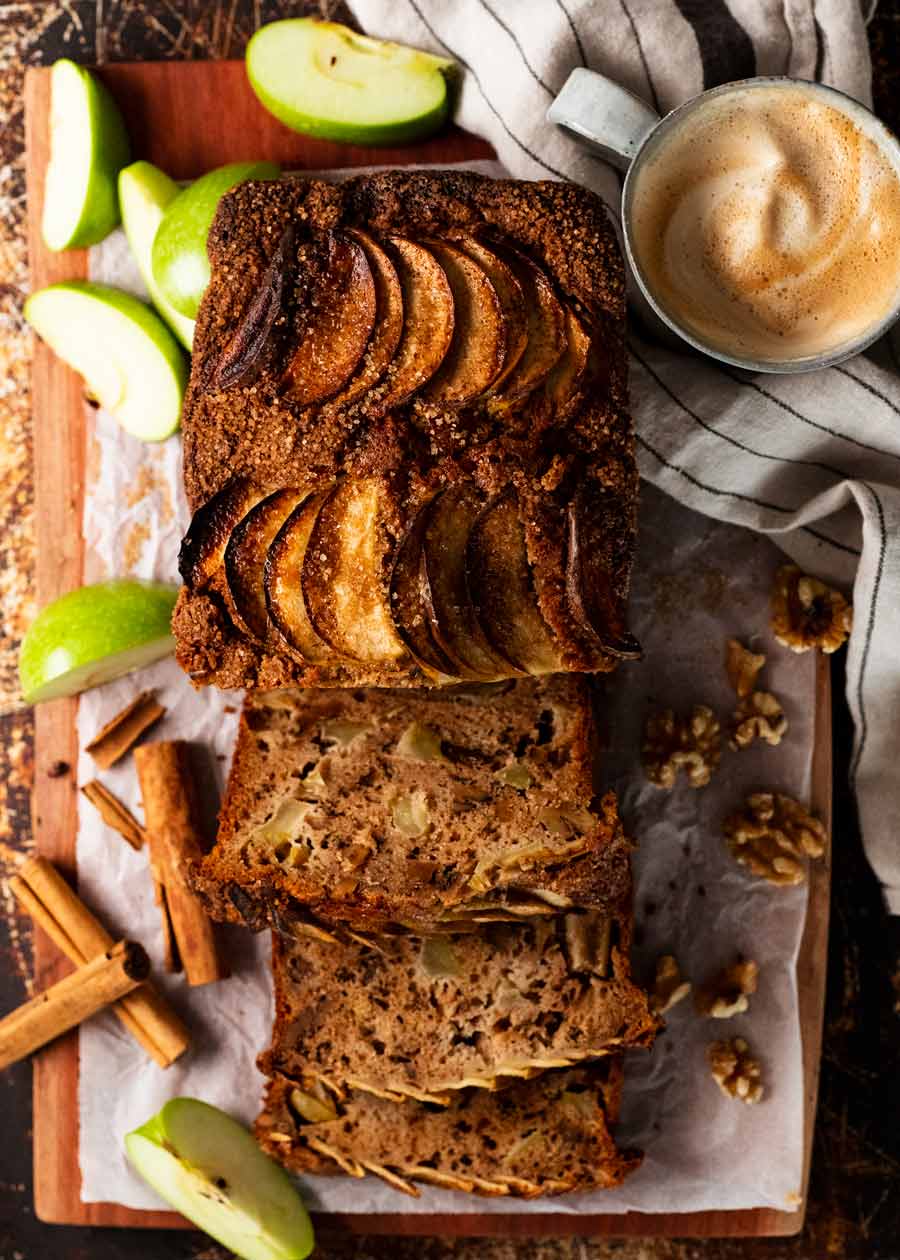
 265 views
265 viewsCinnamon Apple Bread
recipetineats.com
4.9
(12)
85 minutes
Your folders

 240 views
240 viewsApple Cinnamon Bread
rasamalaysia.com
5.0
(1)
35 minutes